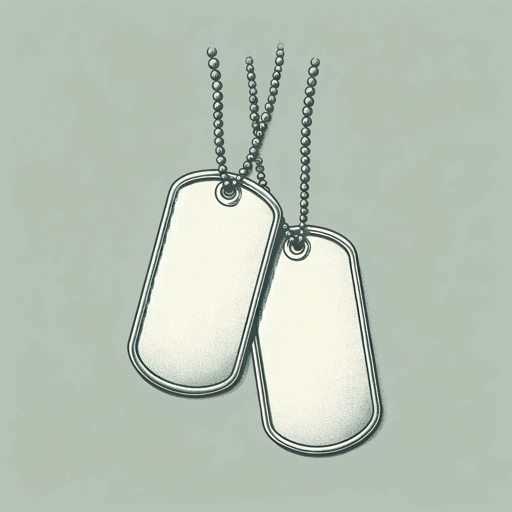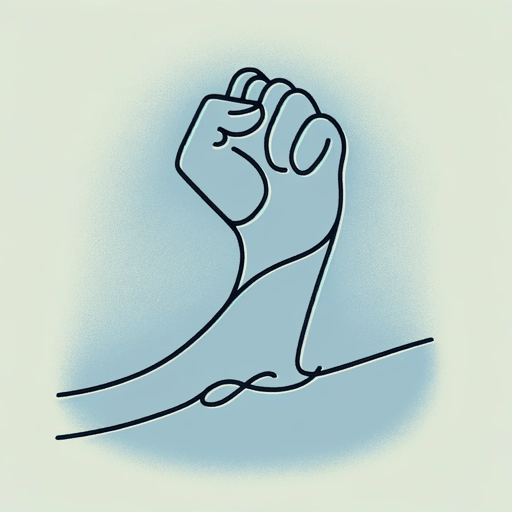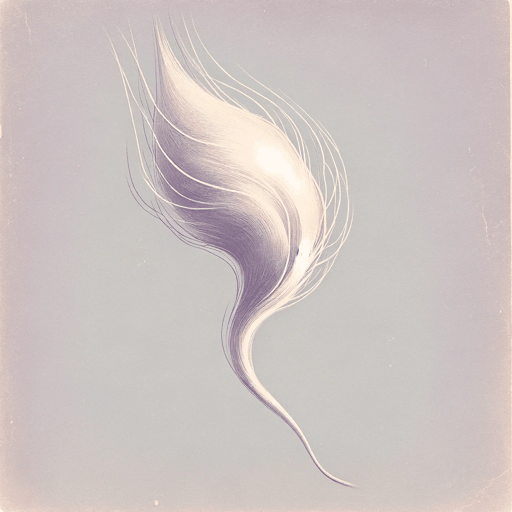19 pages • 38 minutes read
Gwendolyn BrooksSpeech to the Young: Speech to the Progress-Toward (Among them Nora and Henry III)
Fiction | Poem | Adult | Published in 1991A modern alternative to SparkNotes and CliffsNotes, SuperSummary offers high-quality Study Guides with detailed chapter summaries and analysis of major themes, characters, and more.
Themes
Youth and Night versus Day and Now
As the first of the title indicates, a critical theme of the poem is young people. The speaker sketches a portrait of young people as wild, uproarious, and somewhat reckless. The theme plays on youthful archetypes and how young people are typecast. Not all young people are at odds with harmony or feel the need to rebel against a commanding authority like the sun. Yet the theme of youth links to, for better or worse, the standard portrait of youth manifested throughout literature and media, from Brooks’s flippant young pool players in “We Real Cool” to Bret Easton Ellis's sinister novel Less Than Zero (1985) to the sensationalized teen narratives in the HBO TV series Euphoria (2019).
The daring and destructive theme of young people connects to the theme of night. In a sense, these two themes complement each other, with youth representing night and night representing youth. The speaker wants the speech-giver to tell the young audience, “It cannot always be night” (Line 7). This statement confirms the link between night and youth. Night is as wild and dangerous as young people and vice-versa. The alliance between young people and night is also confirmed earlier in Line 3 when the speaker refers to young people as “sun-slappers.
Related Titles
By Gwendolyn Brooks

A Bronzeville Mother Loiters in Mississippi. Meanwhile, a Mississippi Mother Burns Bacon
Gwendolyn Brooks

A Sunset of the City
Gwendolyn Brooks

Boy Breaking Glass
Gwendolyn Brooks

Cynthia in the Snow
Gwendolyn Brooks

Maud Martha
Gwendolyn Brooks

my dreams, my works, must wait till after hell
Gwendolyn Brooks

The Ballad of Rudolph Reed
Gwendolyn Brooks

The birth in a narrow room
Gwendolyn Brooks

The Blackstone Rangers
Gwendolyn Brooks

The Chicago Defender Sends a Man to Little Rock
Gwendolyn Brooks

The Crazy Woman
Gwendolyn Brooks

The Lovers of the Poor
Gwendolyn Brooks

The Mother
Gwendolyn Brooks

the rites for Cousin Vit
Gwendolyn Brooks

To Be in Love
Gwendolyn Brooks

To The Diaspora
Gwendolyn Brooks

Ulysses
Gwendolyn Brooks

We Real Cool
Gwendolyn Brooks

